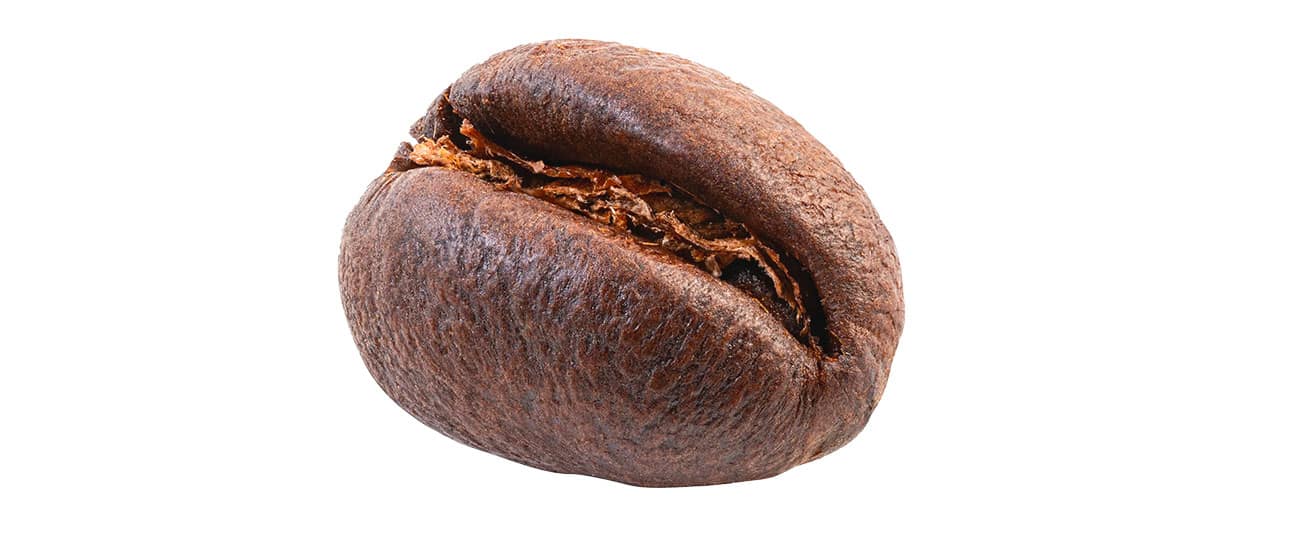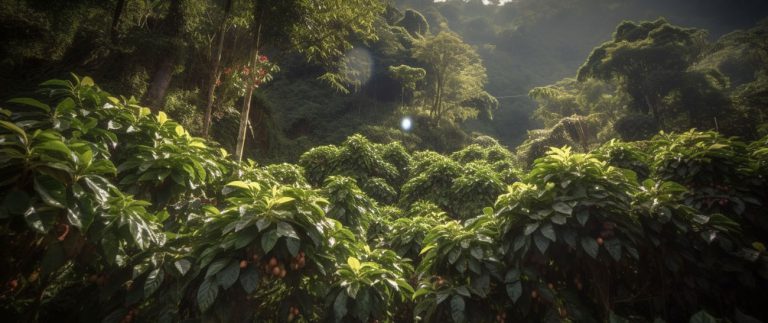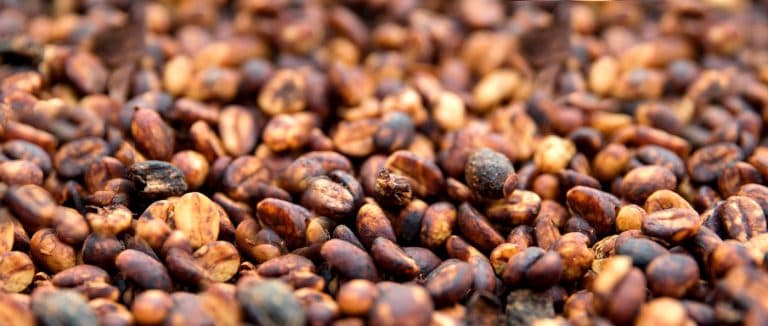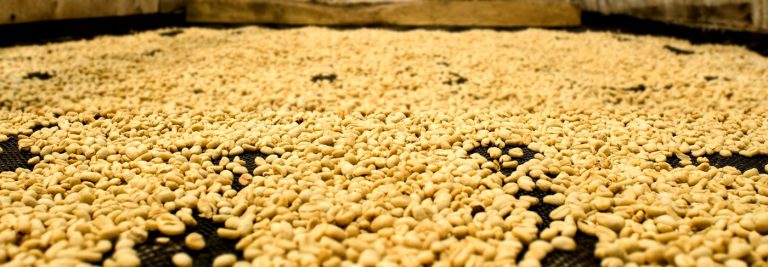What Are Peaberry Coffee Beans? Getting to Know This Tanzanian Gem
Throughout my barista journey, my love for coffee has led me to encounter uniquely flavorful brews. One such discovery that I am particularly fond of is Peaberry coffee beans. However, they are pricier than your average beans which can be quite a deterrent for daily consumption.
So you might be wondering, what exactly are Peaberry coffee beans and what makes them so special?
Don’t fret, I’ll go in-depth on peaberry coffee beans, discussing their features, origins, and reputable brands. So hold onto your mugs and let’s get started.
What Are Peaberry Coffee Beans?
Peaberry coffee beans differ from regular coffee beans through the number of seeds that develop within a coffee cherry. Coffee cherry seeds naturally develop in pairs inside the fruit, but peaberries are solitary beans that grow alone within the cherry.
Originating from all varieties and regions of coffee trees worldwide, peaberries are considered a spontaneous occurrence rather than a deliberate selection.
The actual reason that causes this mutation is still unconfirmed, although some believe that environmental conditions or insufficient pollination may play a role in this natural mutation.
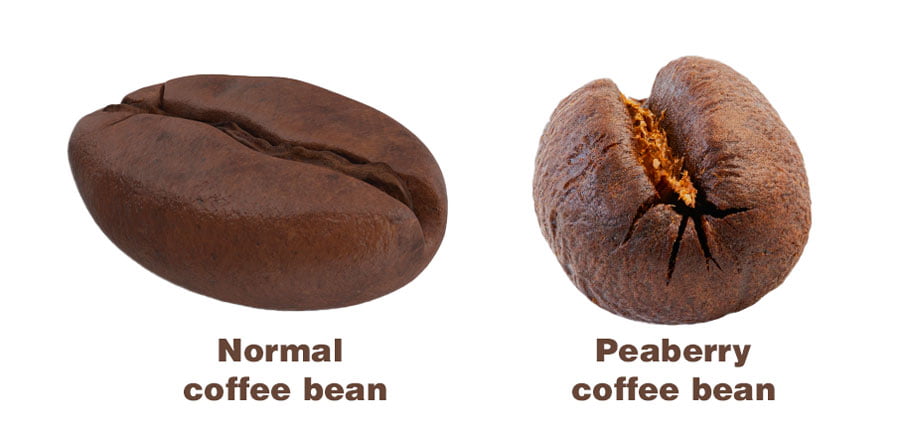
Peaberries only occur in 5-10% of harvested coffee cherries.
Other differences between peaberries and regular beans include:
- Shape: regular coffee seeds are flat on one side and rounded on the other, while peaberries are smaller and rounder like little peas.
- Density: peaberries tend to be denser than regular beans due to their single-seed development within the cherry compared to the common two seeds. This density can affect how they roast since it alters heat transfer within the bean during this process.
Where Do Peaberry Beans Come From?
Peaberries can be found in various growing regions across the globe, but certain places have become renowned for their production of high-quality peaberry coffees such as:
- Tanzania
- Kona in Hawaii
- Costa Rica’s Tarrazu region
- Certain Kenyan farms
One well-known origin for peaberry coffee beans is Tanzania, where rich volcanic soils and ideal weather conditions create an environment conducive to exceptional coffee cultivation.
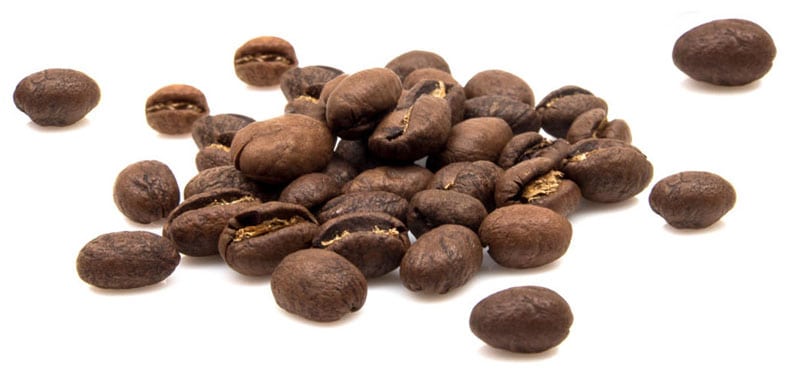
Beyond Tanzania, other countries also produce remarkable peaberry coffees. In Costa Rica’s Tarrazu region or Kenyan farms nestled at breathtaking altitudes along mountain slopes—each location imparts its unique touch on these singularly grown beans.
Hawaiian Kona coffee also has popular peaberry beans.
Cultivation and Processing
The cultivation process of coffee begins with planting coffee trees in suitable growing conditions. These conditions include factors such as:
- altitude
- soil composition
- rainfall patterns
- temperature variations
The coffee trees then go through years of nurturing before they start producing cherries. When the cherries ripen, experienced harvesters handpick them at peak maturity to ensure the best possible taste and quality.
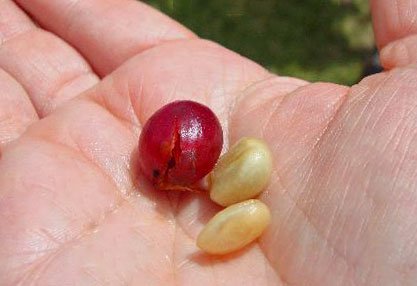
This manual selection ensures that only fully ripe cherry clusters are selected for further processing – an essential step in obtaining premium-grade peaberry beans.
At this point, the harvester does not know whether the bean is normal or a peaberry. The coffee cherry looks the same in both instances.
After harvesting comes processing. Click here to read my detailed guide on the different coffee processing methods plus how these guides affect the flavors of your final cup.
What makes peaberry coffee beans so expensive?
There are 2 main reasons why peaberry coffee comes at a higher price than regular coffee beans:
- The production process for peaberry coffee involves extra labor and resources compared to regular beans. Peaberries are separated from normal beans during the post-harvest sorting process with machinery.
- The scarcity of peaberries also contributes to their high value in the market.
What Does Peaberry Coffee Taste Like?
Peaberry coffee generally yields a sweeter, lighter, and more flavorful cup of coffee. Peaberries also have more caffeine content than your regular cup crafted from 2-seed cherries.
This is because there’s only one seed in the coffee cherry, and that lone bean gets all of the nutrients and flavors, resulting in a concentrated and well-balanced taste profile.
Just note that other common variables in coffee beans such as origin, variety, processing method, altitude, and roasting technique will also influence your final drink.
Personally, I like grinding my peaberries into medium size and brewing them with my Hario V60 to craft delicious coffee. Click here for my Hario V60 recipe.
Peaberry Coffee Bean Brands
If you’re intrigued by the distinct taste characteristics of peaberry coffee and want to try some yourself, there are various brands and sources known for offering high-quality options:
1. Big Island Coffee Roasters – Hawaiian Kona Peaberry
- This brand is known for its unique coffees from Hawaii.
- Their 100% Kona Peaberry is famous for its intense flavors.
- With careful sourcing practices, they ensure only premium quality makes it into each package.
2. Tanzanian Private Estates
- Tanzania is renowned for its exceptional Arabica coffees.
- Look out for private estates such as Kilimanjaro Estate or Ngila Estate that produce excellent peaberry beans.
- These estates prioritize sustainable farming practices, resulting in exceptional flavor profiles.
Crafting a great cup of coffee isn’t just about the beans you use. It’s also dependent on other factors like freshness, roast date, and brand reputation.
Choosing a brand known for its quality and commitment can make all the difference in your morning cup. Think of it like choosing two ripe apples from either a reliable local farm or a questionable supermarket – which would you trust more?
Conclusion
So what makes Peaberry so special? Well, there’s certainly something enchanting about this round little bean. Its unique structure – having one seed instead of two inside its cherry – contributes not only to its rarer appearance but also influences its distinct taste profile. Celebrated by connoisseurs for sweeter and lighter flavors, peaberry is unusual on many fronts, but also higher in price.
Your decision to splurge on Peaberry beans might seem extravagant at first sight. But believe me – once tasted, it’s hard not to appreciate the rich flavors they bring to your cup and why they hold such high regard among coffee lovers.
Perhaps try a bag next time you’re coffee shopping.

